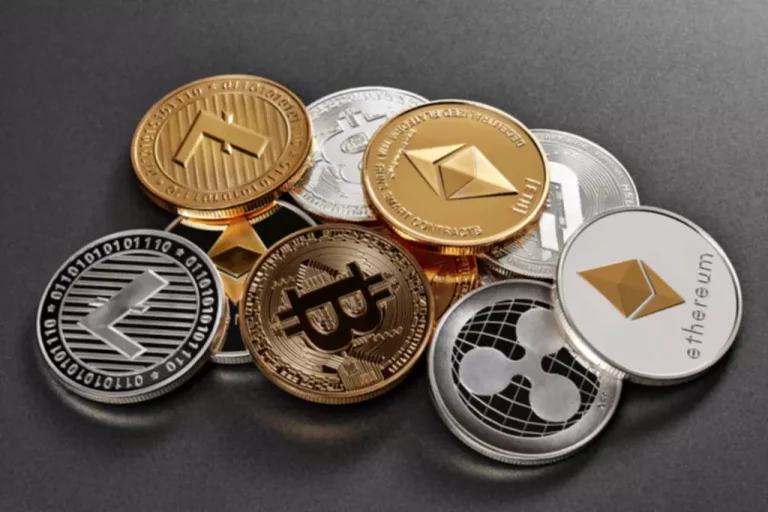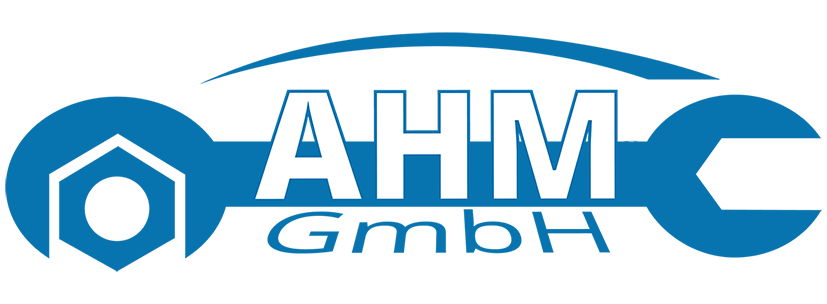Since their worth is set by the underlying asset, stablecoins are non-volatile and suitable with standardized monetary features. Driven by demand-supply metrics, odd cryptocurrencies have immense volatility in costs, which significantly hinders their applicability for a number of day-to-day use instances. For occasion, it’s often https://www.xcritical.in/ not attainable to make service provider payments with an asset whose worth can fluctuate massively over the day. In different words, the volatility of cryptocurrencies problematizes their adherence to standards that are essential for financial stability.
Open Finance And Decentralized Finance (defi): Unveiling A Extra Empowered Financial Future
The laws prioritizes shopper consent, free information disclosure, and value transparency to advance Chile’s financial ecosystem by way of expertise and innovation. Advocates believe DeFi can make it easier Open Finance VS Decentralized Finance for more individuals to access lending, as approval doesn’t rely on many of the strict standards required by conventional lenders. DeFi lending includes supplying crypto to protocols which, in turn, could be borrowed in exchange for curiosity. Borrowers must present collateral in the form of different crypto property, which are generally worth more than the worth of the quantity they need to borrow. Hypothetically it supplies crypto liquidity to a borrower who may not wish to sell the particular crypto assets that are being put up for collateral.
Options Of Decentralized Finance
- This focus on accessibility, transparency, and collaboration distinguishes Open Finance from conventional banking fashions.
- In the state of affairs proposed by most proponents of DeFi, as a substitute of utilizing your card, you’d use some type of cryptocurrency and circumvent the fees demanded by the credit card company and the bank.
- In 2020, the average smartphone person had an average of two.5 finance and banking apps of their pocket at all times.
Open finance faces challenges related Fintech to data privateness, vulnerability to monetary fraud, and regulatory uncertainties. Balancing inclusivity with robust security measures remains an important problem for the sustainable growth of Open Finance ecosystems. DeFi has drawn a lot of attention in latest years, and by 2021, the entire value of the protocols they lock in has surpassed $100 billion. The blockchain know-how that underpins the DeFi ecosystem provides people greater management over their belongings and financial activities while additionally enabling clear and trustless financial transactions. Chile has actively fostered competitors, innovation, and financial inclusion within its nationwide financial companies sector. Initiatives include the creation of Sernac Financiero in 2012 and the implementing of the Financial Portability Law in 2020.
Centralized Finance Vs Decentralized Finance
Transferring funds within banks in numerous geopolitical areas requires round a week’s time to complete, let alone the immense formalities and paperwork that they usually involve. In reality, sure domestic transactions also take 2-3 days for processing, even in today’s world of “one-touch” solutions. Moreover, at instances when some problem arises within the course of, the person has to place in a substantial amount of time for getting it resolved. Traditional finance can be very opaque, in the sense that end-users have little or no say in how banks use the money of their financial savings accounts. Moreover, users don’t get a share of the high pursuits and profits that banks usually earn by lending the money they deposit.
The fortunate lot that has access to conventional finance faces one more category of downside, vide the lack of meaningful privateness and control. As beforehand talked about, conventional monetary methods are owned, ruled, and managed by centralized entities. These entities have complete management over the rules of the sport, so to say, and may very well twist them in accordance with their own interests. That this isn’t mere conjecture or some unfounded paranoia is substantially proven by past instances of inflation, scams, and frauds. It allows wider integration of financial knowledge obtained from pensions, shopper credit score, loans and investments with healthcare and authorities sectors. It offers higher consumer management over their financial information, enhancing monetary transparency.
Being deployed on a blockchain, smart contracts are successfully tamper-proof, meaning that no get together can alter the terms as soon as they’ve reached an settlement. In this sense, good contracts are very a lot the cornerstone for the trustless monetary ecosystem that the proponents of DeFi envision. Originally, Ethereum was the one platform with smart contract performance, but presently RSK facilitates the same for the Bitcoin community. Considering the truth that entry to monetary services is arguably a vital marker for social progress, the excluded inhabitants stays stuck in a kind of vicious cycle. Moreover, the inaccessibility of companies like insurance coverage or loans has even led to the lack of life and livelihood for a lot of around the world, particularly in the USA. In common, Open Finance and DeFi symbolize two totally different approaches of open ecosystems for the financial sector.
Most DeFi platforms are generally identified as protocols, a time period which describes the capabilities and guidelines of the service. Users mostly conduct transactions with DApps (short for decentralized applications), which are software-based apps constructed upon blockchains, mostly on the Ethereum network. In simple phrases, they’re just like the apps in your smartphone or pc, but they function with blockchain know-how. If one wishes to totally grasp the importance of DeFi, they must begin with a correct understanding of the basic points with conventional, centralized financial systems. As such, even the simplest of monetary transactions—say, sending cash to a friend—that one can full with a “single tap”, has so much happening behind the scenes. The framework that helps these methods involves a number of facilitating intermediaries, such as governments, banks, payment gateway providers, brokers, agents and a complete range of service providers.
Essentially, the journey formally began with the release of Satoshi Nakamoto’s Bitcoin whitepaper in 2008. Launched as a self-sustaining, peer-to-peer cash shortly after, Bitcoin was certainly among the first innovations to give tangible type to the DeFi dream. It proved to the world that, in any case, it is actually attainable to have safe transactions without involving any overseeing or facilitating middleman. Open Finance and DeFi pave the greatest way in path of a extra empowered, inclusive, and progressive financial future. By embracing these trends and addressing their challenges, the monetary ecosystem can evolve to serve the wants of all its participants higher.

Eliminating intermediaries reduces counterparty danger and allows direct peer-to-peer interactions, democratizing access to monetary services. Open Finance is a shift in traditional banking, utilizing technology to ship clear and accessible monetary services. Open Finance relies on secure APIs, permitting consumers to combine their bank accounts with third-party services, thereby gaining control over their monetary information. Decentralized finance (DeFi), by giving clients more power, transparency, and accessibility over their finances, has the potential to fully remodel the monetary sector. DeFi platforms have a worldwide attain, get rid of middlemen, promote transparency, and enable programmable financing. DeFi is still in its early phases of development, but to ensure that it to attain its full potential, numerous situations have to be satisfied.
It is extra transparent and doesn’t have many obstacles which allows for innovation and ease of entry. The monetary trade is said to be the toughest to innovate because of its complex and fragile legacy backed by EMV (Europay, MasterCard, Visa) requirements. The recent rise of online funds, digital wallets, and cryptocurrencies, which altogether represent fintech, have marked a new era in financial providers.

Many consultants name it a threat to the standard international financial system that often remains obsolete at its core and uses outdated applied sciences to serve its clients. FinTech and DeFi are creating paths to financial inclusion for people who in any other case wouldn’t have access to traditional financial companies. By employing self-executing sensible contracts, DeFi permits consumers to take part without the need for intermediaries. Beyond this, many DeFi platforms are non-custodial, meaning shoppers retain full control of their funds and knowledge. As of October 2020, there was more than $10 billion locked within the international DeFi ecosystem, and projections for development proceed to extend. Although open finance makes knowledge extra readily available, centralized banks and third parties are subject to current governance and regulatory necessities.
Primarily, this is due to the siloed nature of centralized financial techniques, whereby too much power and management is vested in the palms of one or few entities. In other words, these systems usually have a ‘single point of error’, whereas ulterior profit-making motives worsen the state of affairs even additional at times. Having said that, the following are some of the specific problems that emerge because of the operate and structure of traditional finance. On the opposite hand, financial establishments can also act as recipients of knowledge and providers from third-party providers as a half of Open Finance.
Additional drawbacks, according to skeptics, include regulatory considerations and scalability limitations. Apart from the aforementioned use cases, it remains to be mentioned that DeFi retains the original purpose of cryptocurrencies—P2P money. In different words, crypto belongings can be used to transfer funds between events, unbridled by geographical barriers. As compared to traditional finance, DeFi-based transactions are settled much faster, especially in the case of abroad transfers. The issuance of crypto-based assets—security tokens, utility tokens, and other forms of tokenized equity—also falls underneath the ambit of decentralized finance.
All sides have the identical goal which is to allow people to use currency for monetary companies, but they obtain it in fully different ways. Financial expertise firms are on the forefront of enhancing the accessibility and convenience of economic services. As a result, standard banks are dealing with increasing pressure to enhance their service choices. Through collaborative initiatives between fintech corporations and traditional banks, both industries and customers can benefit. However, cross-platform friction, privateness, data security, and regulatory necessities are significant hurdles to implementing open finance. DeFi platforms like MakerDAO and AAVE enable users to borrow and lend cryptocurrencies with out traditional financial establishments.
In the future, it’s extra prone to be many blockchains running several types of decentralized functions that may all talk with one another. It lets anyone construct new monetary services on high of Ethereum Blockchain and work together with these monetary companies by way of a crypto-wallet. DeFi may at first appear as a subset of the FinTech ecosystem, however the two are basically different, significantly when it comes to infrastructure, stakeholders, risk, and reward.

